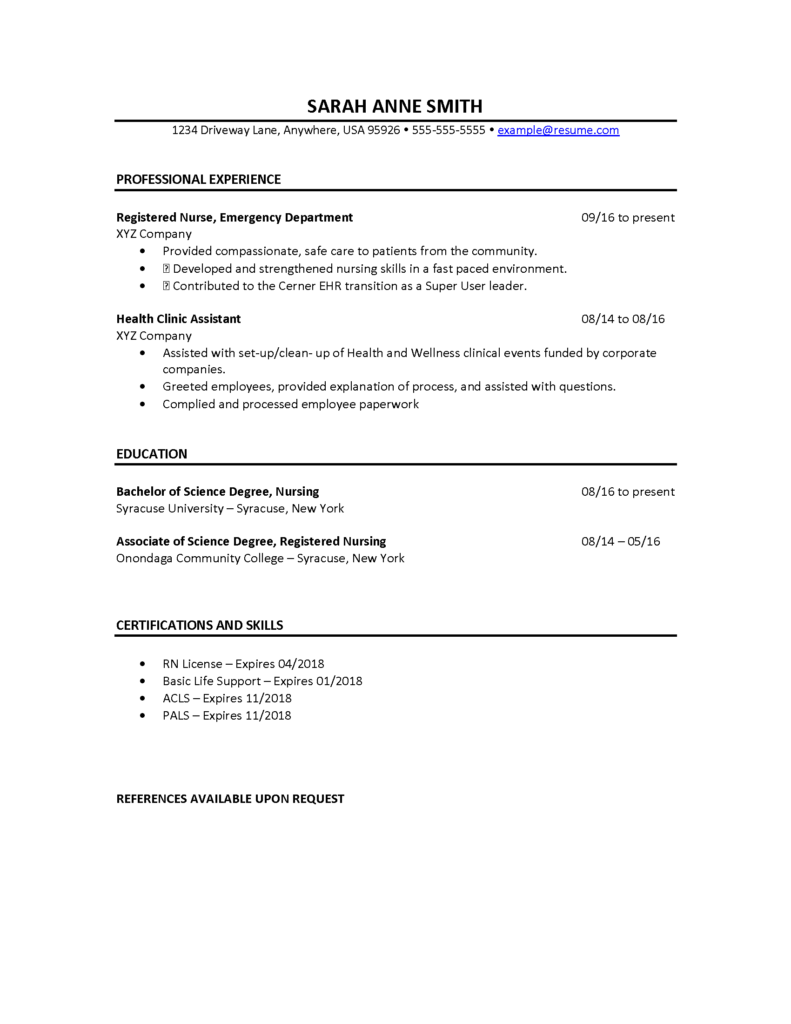Have you ever tried buying an avocado at a grocery store? There’s always so many to choose from… and they all look the same for the most part, but you take a minute sifting through the pile on the shelf to make sure you choose “the right one.” Picking someone’s resume and deciding to bring them in for an interview is almost the same thing! Imagine a hiring manager filtering through resumes and selecting the ones that stand out from the others. It isn’t hard to spot a solid resume from one that’s lackluster. By following some basic guidelines and proof reading everything you write, you can ensure you’re at least submitting an avocado worthy of cutting open!
What is the purpose of a resume?
A resume is a glimpse into your background, including all things related to education, work experience, and skills. It’s your one chance of showing managers who you are, and why you would be qualified for the job without even opening your mouth. Needless to say, it’s imperative to a have a strong resume as it is the first “test” you pass in acquiring a new job.
What does a strong resume look like?
Generally speaking, a resume should be no shorter than one page, and no longer than three pages. Think concise and to the point! Resumes are different from cover letters in that they are written with precise bullet points, and not sentences and paragraphs. Resumes are designed to be quickly skimmed, so with that in mind you must make sure each section is formatted properly with all of the correct information.
Parts of a resume
The sections that make up a resume are contact information, (sometimes) an objective, education, and your work experience.
Contact Information
Ironically, while this may be the easiest section, it is one that is often incorrect! This is precisely what a manager will use to get in touch with you, and it will include your name, address, phone number, and email address. Always double-check that the information listed is correct and up-to-date!
Objective
It is not completely necessary to include an objective in your resume. However, some like to include a specific line about the position they are going for, and their ultimate reason for doing so. Objectives are tailored to the specific company and position you are applying for. For example, if you are a nurse applying for a position in O’Connor Hospital, your objective might look like this:
Objective: Seeking a position as a Registered Nurse with O’Connor
Hospital that empowers use of team-oriented communication skills and clinical knowledge in trauma.
In a way, objectives are an opportunity for the applicant to briefly tell the company how they will help the organization achieve its goals. But as mentioned before, it is personal preference whether or not to include an objective in a resume. You can still write a strong resume without one; it’s completely up to you as an individual!
Education
In the education section of your resume, begin by listing the highest degree in which you have earned, including the institution where the degree was granted, the year you graduated, and always include the level of degree and field. For example, if you received a Masters in Business, and have a degree in Psychology, it would look like this:
Master’s in Business December 2016
Syracuse University
Bachelor of Science in Psychology May 2013
Syracuse University
Work Experience
The work experience of your resume is simply broken down by the company you have worked for (or companies), the position you held within that company, and the dates you worked. Underneath each job position is your opportunity to briefly list skills acquired within the position, primary responsibilities, and achievements. It’s your time to brag! Until you are brought in for an interview, this is your chance to show the hiring manager what you know. You’ve worked hard for the experience you now have, so show it!
A resume can make or break someone’s opportunity for a new job. At the end of the day, you don’t want to be the avocado that’s picked up and quickly put back down. You can shine on paper, just as you can shine in person. Following these basic steps to create your resume and proofread to ensure you didn’t miss anything can help you land that interview you’re looking for!
Example Resume



Recent Comments